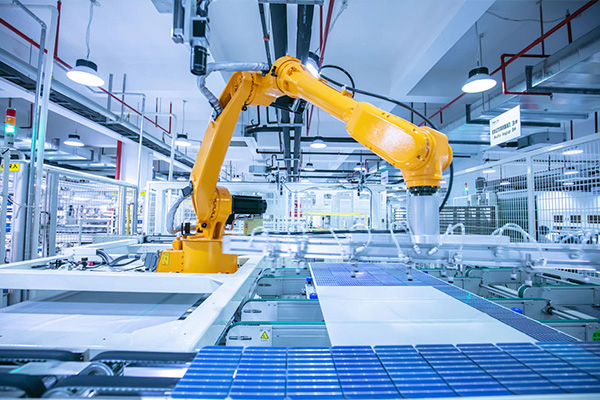How do force sensors work?
Time:Oct 12, 2024 Author:Stone Read:0
Force sensors work by detecting and measuring deformation or strain that occurs as a result of an applied force. The basic components of a force sensor include strain gauges, which are electrical conductors mounted on a flexible material. The working mechanism involves the change in resistance of these strain gauges when the force sensor is deformed.
Here is a step-by-step explanation of how a force sensor works:
Strain Gauge Arrangement:
Force sensors typically arrange strain gauges in a specific configuration, often as part of a Wheatstone bridge circuit. This arrangement helps maximize the sensor's sensitivity to applied force.
Applied Force:
When an external force is applied to a force sensor, the flexible material or sensing element deforms. This deformation causes the strain gauge to stretch or compress, changing its dimensions.
Material Strain:
The applied force induces strain in the material of the force sensor, causing the length or shape of the strain gauge to change. The change in strain is proportional to the applied force.

Resistance Change:
As a strain gage deforms, its resistance changes. This change is typically measured as an increase or decrease in resistance, depending on whether the material is stretched or compressed. This change in resistance is directly related to the force applied to the sensor.
Wheatstone Bridge Output:
The strain gage is part of a Wheatstone bridge circuit, which consists of four resistor branches. The bridge circuit output voltage is sensitive to changes in resistance. When the force sensor deforms, the bridge becomes unbalanced, producing an output voltage that is proportional to the applied force.
Signal Conditioning and Output:
The output signal of the Wheatstone bridge is then conditioned and amplified to produce a usable electrical output. This output is typically in the form of a voltage or current and can be further processed or transmitted for data acquisition or control.
Calibration:
To ensure accuracy, force sensors are calibrated to establish a linear relationship between applied force and output signal. Calibration enables the user to reliably and accurately interpret the sensor's output.
Application-Specific Measurements:
Once a force sensor is calibrated, it is ready for application-specific measurements. Whether measuring weight, tension, compression, or any other force parameter, the sensor can accurately and reliably indicate the applied force.
Force sensors are used across a variety of industries to aid in quality control, safety, and automation. Their ability to convert mechanical force into a measurable electrical signal makes them an indispensable tool in processes where precise force measurements must be made.
Previous:What is a pressure sensor? Next:What are the types of pressure sensors?
